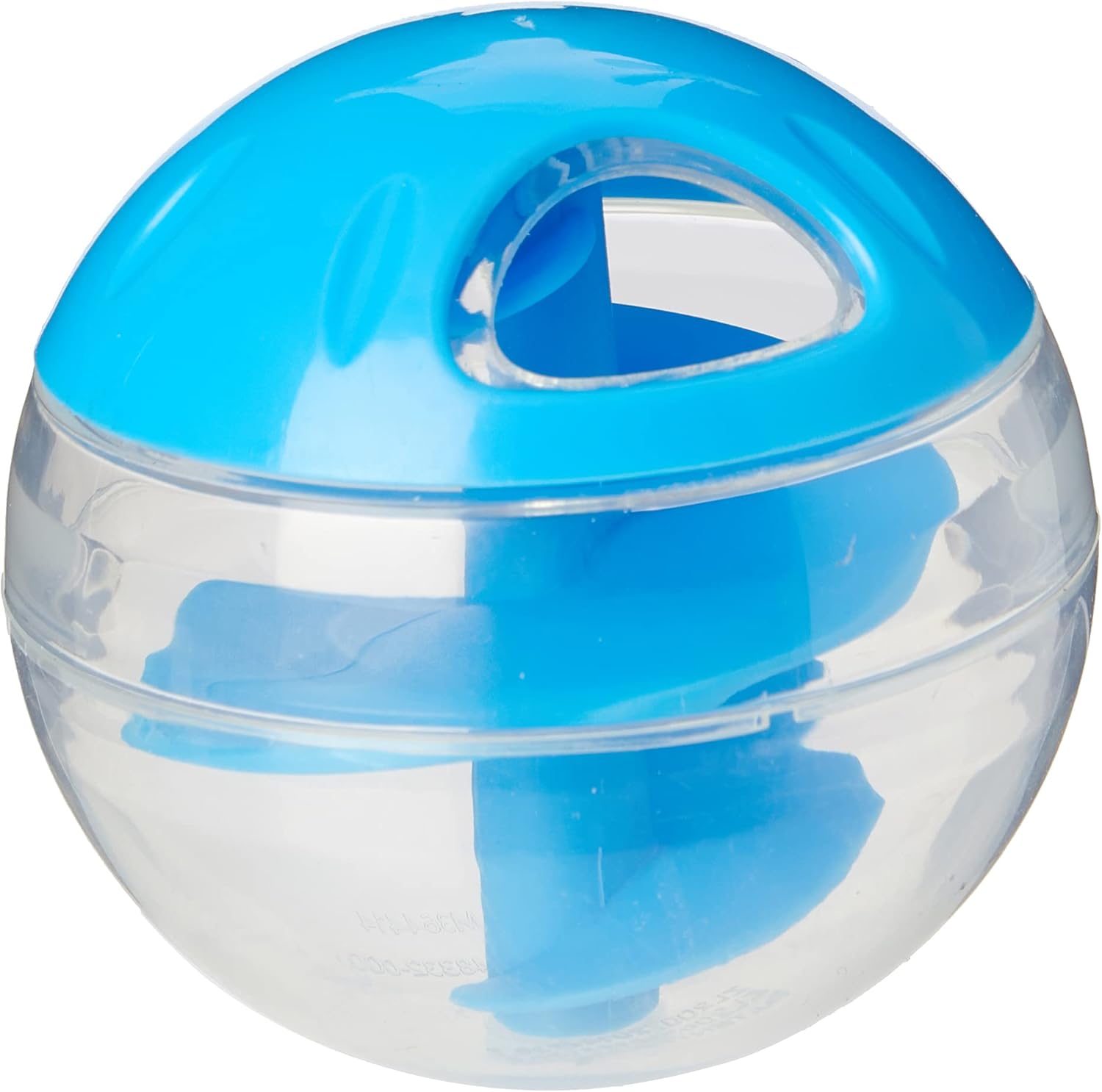About this deal
It’s normal for a cat to bring up occasional hairballs. You should only start to worry if the cat is vomiting up a hairball every few weeks or consistently for more than 48 hours at a time – it’s a sign too much hair is ending up in the gut. Many cat owners find it very difficult and distressing to hear their cats gagging and retching, and they start to wonder if there is anything they should be worrying about. This self-grooming is completely normal and cats should be doing it to keep their fur in good condition. If your cat is coughing up a hairball every now and then, it’s usually nothing to worry about. It’s perfectly normal for them to demonstrate the ‘cough-gag-retch’ reflex several times in a single session, and the retching action shouldn’t generally bring up anything except the hairball itself. It’s impossible to stop your cat from swallowing some fur, but brushing their coat regularly with a soft brush can definitely help to reduce the amount they ingest. Aim for a once-a-day grooming session with longhaired breeds, or a weekly one for shorthaired cats. Although it’s difficult to watch your cat struggling and gagging, the best thing you can do to help them with hairballs is to give them plenty of space. It’s perfectly normal for your cat to gag several times to be able to vomit the hairball.
Cat hairballs are a normal by-product of cat grooming. A cat hairball is a collection of dead hair and digestive juices that have formed in your cat’s stomach. Cats develop hairballs by grooming themselves and swallowing the hairs, which build into hairballs in their stomachs. Most older cats continue to experience hairballs in much the same way as they did when they were younger, but constipation can be more of an issue for ageing pets and – on rare occasions – may lead to complications. This is because the movement of food through a cat’s digestive tracts slows as they age. Cats who experience pain while defecating (such as those with arthritis) can also become constipated more often.
4. Catit Senses 2.0 Food Tree
There isn’t really a rule about how many treats your cat should have; however, a good one to follow is that their treats should make up no more than 10% of their daily calories. If treats make up a large bulk of your pet’s diet, they aren’t healthy because treats aren’t made up with the balanced nutrition you’ll find in pet food.
Cats are very good at keeping themselves clean. They naturally know how to self-groom, and rarely need bathing. However, during the self-grooming process, they can swallow loose hair – and this leads to a cat hairball. Most cats get hairballs from time to time and it’s usually nothing to worry about. But if you are wondering what is causing them, what are the symptoms you should look out for and how to help a cat with hairballs, here is everything you need to know. Constant retching (with no sign of a hairball) and lethargy can also be signs of asthma. The vet should be able to discern the underlying cause. Either way, you will have identified a health issue in your cat and will have solved it before it gets worse. There are many ways in which a vet may diagnose cat hairballs. This may an x-ray or a physical examination. In extreme cases, surgery may be needed to remove the hairball if it has grown particularly large; this can be expensive in terms of vet bills. When your cat has hairballs, it’s common to wonder what treatments are available. There are lots of home remedies online, especially for oils and lubricants. However, we don’t advise trying these. If your cat is prone to coughing up hairballs, you could also consider an anti-hairball cat food. These kibble-based diets usually contain vitamins and minerals to improve the condition of your cat’s fur and reduce hair loss, plus they have plenty of fibre to help ‘sweep’ the excess fur through their digestive system. Adding a hairball lubricant to your cat’s diet can also help ease this process.Cat hairballs are part of cats’ instinctive grooming regime and are usually nothing to worry about. Kittens and younger cats usually have fewer hairballs because they are not as fastidious in terms of grooming. Older cats, on the other hand, may have grown fussier and may produce hairballs more often. Fluffy cats make the perfect companion, but are also predisposed to producing more frequent hairballs. Cats with longer fur, such as Persians and Maine Coons, naturally produce more hairballs as their hair accumulates into a clump faster.
Related:
 Great Deal
Great Deal 